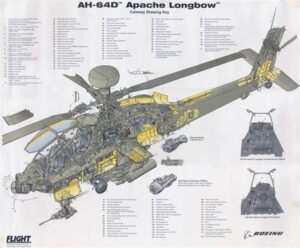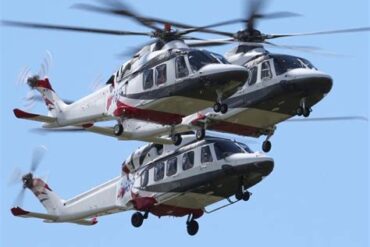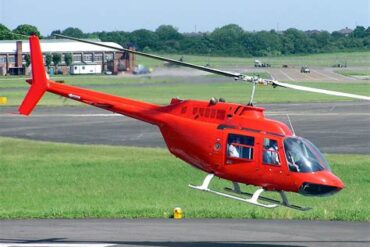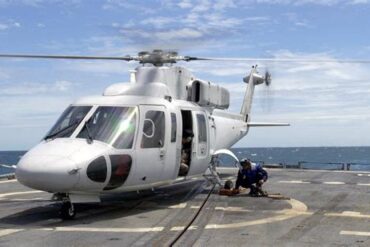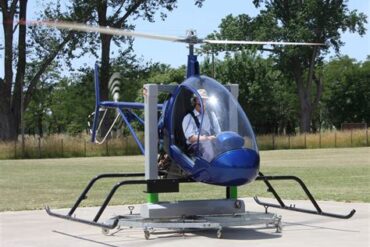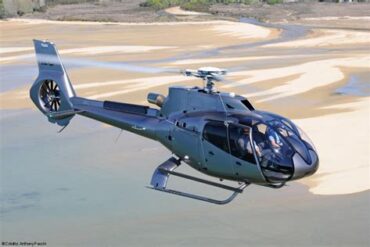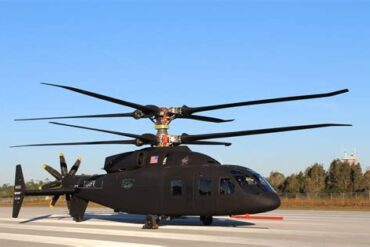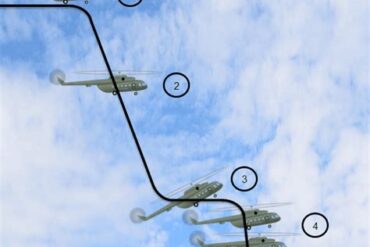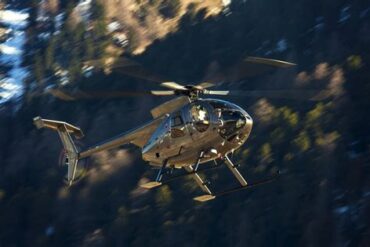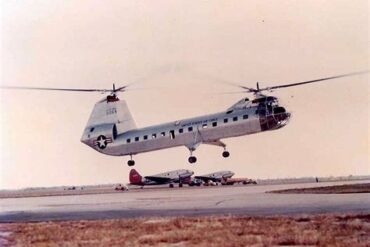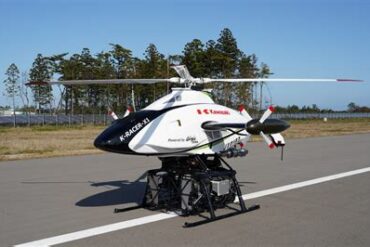Attack helicopters play a crucial role in modern military operations, combining speed, agility, and firepower to provide unparalleled support on the battlefield. This guide delves into the history, design, and operational capabilities of these formidable machines, offering insights into their strategic importance in contemporary warfare.
1. The Evolution of Attack Helicopters
The history of attack helicopters dates back to the 1940s when military strategists recognized the need for aerial support to assist ground forces. The Bell AH-1 Cobra, introduced in the late 1960s, marked a significant turning point in the development of this aircraft category. Designed specifically for attack missions, the Cobra combined a sleek profile with advanced weaponry, setting the stage for future designs.
In the following decades, several notable attack helicopters emerged, including the AH-64 Apache and the Mil Mi-24 Hind. These aircraft featured enhanced avionics, greater payload capacity, and improved survivability, reflecting advancements in aviation technology and military doctrine. As conflicts evolved, so too did the role of attack helicopters, which began to integrate more complex systems and capabilities to meet the demands of modern warfare.
2. Key Design Features of Attack Helicopters
2.1 Airframe and Structure
The airframe of an attack helicopter is engineered for speed and maneuverability. Typically, these helicopters possess a tandem or side-by-side seating configuration to optimize visibility and communication between the pilot and co-pilot or gunner. The fuselage is often constructed from lightweight, durable materials, enhancing both performance and survivability.
2.2 Rotor System
The rotor system is one of the most critical components of any helicopter. Attack helicopters usually feature a main rotor and a tail rotor, designed for enhanced stability and control during high-speed maneuvers. Advanced rotor designs, such as those used in the AH-64 Apache, employ variable-geometry blades that can adjust their pitch to optimize lift and thrust, providing superior performance in diverse operational environments.
2.3 Propulsion and Performance
Powered by turboshaft engines, attack helicopters achieve impressive speeds and agility. These engines allow for rapid acceleration and climbing capabilities, essential for avoiding enemy fire and engaging targets effectively. The AH-64 Apache, for instance, can reach speeds of over 160 knots and has a service ceiling of around 21,000 feet, making it a versatile platform for various combat scenarios.
2.4 Avionics and Systems Integration
Modern attack helicopters are equipped with sophisticated avionics that enhance situational awareness and target acquisition. Multi-functional displays provide real-time data on altitude, speed, and weapon systems, while advanced radar and infrared sensors enable pilots to detect and track threats even in low visibility conditions. The integration of digital communications systems ensures seamless coordination with ground forces and other aircraft, significantly improving operational effectiveness.
3. Armament and Weaponry
3.1 Missiles and Rockets
Attack helicopters are typically armed with a variety of guided missiles and rockets, allowing them to engage ground and air targets effectively. The AGM-114 Hellfire missile, widely used by the AH-64 Apache, is a laser-guided weapon that can destroy armored vehicles and fortifications. Additionally, unguided rockets, such as the 70mm Hydra, provide a versatile option for engaging lighter targets.
3.2 Cannons and Machine Guns
In close air support roles, the ability to deliver rapid, precise fire is paramount. Most attack helicopters are equipped with a 30mm or 20mm cannon mounted on the aircraft’s nose, enabling them to engage ground targets with pinpoint accuracy. These cannons can fire a variety of ammunition types, including armor-piercing and high-explosive rounds, to adapt to different combat situations.
3.3 Electronic Warfare Systems
To enhance survivability in hostile environments, many attack helicopters feature electronic warfare (EW) systems. These systems can detect incoming threats, such as missiles, and employ countermeasures to evade them. Radar jammers and flare dispensers are common EW tools that protect the helicopter and its crew from enemy fire, allowing for successful mission completion.
4. Operational Roles and Strategies
4.1 Close Air Support (CAS)
One of the primary roles of attack helicopters is to provide close air support (CAS) to ground forces. In this capacity, they engage enemy positions, armor, and personnel, significantly enhancing the effectiveness of ground operations. The ability to rapidly reposition and deliver precise firepower makes attack helicopters invaluable assets in combat scenarios.
4.2 Anti-Armor Operations
Attack helicopters excel in anti-armor operations, targeting enemy tanks and armored vehicles from a safe distance. The combination of guided missiles and high-velocity cannons enables them to penetrate the defenses of even the most modern armored units. In many cases, these helicopters operate in coordination with ground forces to exploit vulnerabilities in enemy formations.
4.3 Reconnaissance and Surveillance
In addition to their offensive capabilities, attack helicopters are also employed for reconnaissance and surveillance missions. Equipped with advanced sensors, they can gather intelligence on enemy positions, troop movements, and terrain features. This information is crucial for informing operational planning and ensuring the safety of friendly forces.
4.4 Interdiction and Strike Missions
Interdiction operations aim to disrupt enemy supply lines and reinforcements. Attack helicopters are well-suited for these missions, using their speed and firepower to engage targets before they can reach the front lines. Strike missions often involve precise targeting of high-value enemy assets, such as command centers and logistical hubs, thereby diminishing the enemy’s operational capabilities.
5. Global Examples of Attack Helicopters
5.1 AH-64 Apache
The AH-64 Apache is perhaps the most well-known attack helicopter in the world. Developed by McDonnell Douglas (now Boeing), the Apache has seen extensive service in conflicts ranging from the Gulf War to modern counterinsurgency operations. Its advanced avionics, powerful engines, and formidable armament make it a cornerstone of U.S. Army aviation.
5.2 Mil Mi-24 Hind
The Mil Mi-24 Hind is a Soviet-era attack helicopter that remains in service with several countries today. Known for its unique design, which combines the features of a transport helicopter and an attack platform, the Hind is capable of carrying troops while also delivering significant firepower. Its durability and versatility have made it a favorite among various militaries around the world.
5.3 Eurocopter Tiger
The Eurocopter Tiger is a modern attack helicopter developed for the European market. Featuring a sleek design and advanced technology, the Tiger is equipped with cutting-edge avionics and weaponry, making it a formidable opponent on the battlefield. Its multi-role capabilities allow it to perform a range of missions, from close air support to reconnaissance.
6. Future Trends in Attack Helicopter Development
As military technology continues to evolve, so too do the designs and capabilities of attack helicopters. Future developments are likely to focus on several key areas:
6.1 Unmanned Systems
The integration of unmanned aerial vehicles (UAVs) into attack operations is a growing trend. These systems can be deployed alongside traditional attack helicopters to gather intelligence and conduct strikes, reducing risk to human pilots.
6.2 Advanced Materials and Stealth Technology
Future attack helicopters may incorporate stealth technology and advanced materials to reduce their radar signatures and enhance survivability. This would allow them to operate more effectively in contested environments, where traditional helicopters might be vulnerable to enemy fire.
6.3 Enhanced Autonomy
Developments in artificial intelligence and automation are likely to lead to more autonomous attack helicopters. These systems could perform missions with minimal pilot intervention, improving operational flexibility and effectiveness.
6.4 Integration with Network-Centric Warfare
As militaries increasingly adopt network-centric warfare strategies, attack helicopters will need to integrate seamlessly with a variety of platforms and systems. This includes sharing data with ground forces, other aircraft, and command centers to enhance situational awareness and coordination.
Conclusion
In conclusion, attack helicopters are indispensable assets in modern military operations, offering unique capabilities that enhance combat effectiveness. As technology continues to advance, these aircraft will evolve to meet new challenges and operational demands, ensuring their continued relevance on the battlefield. Understanding their history, design, and operational roles is essential for appreciating the vital contributions of attack helicopters to military strategy.
